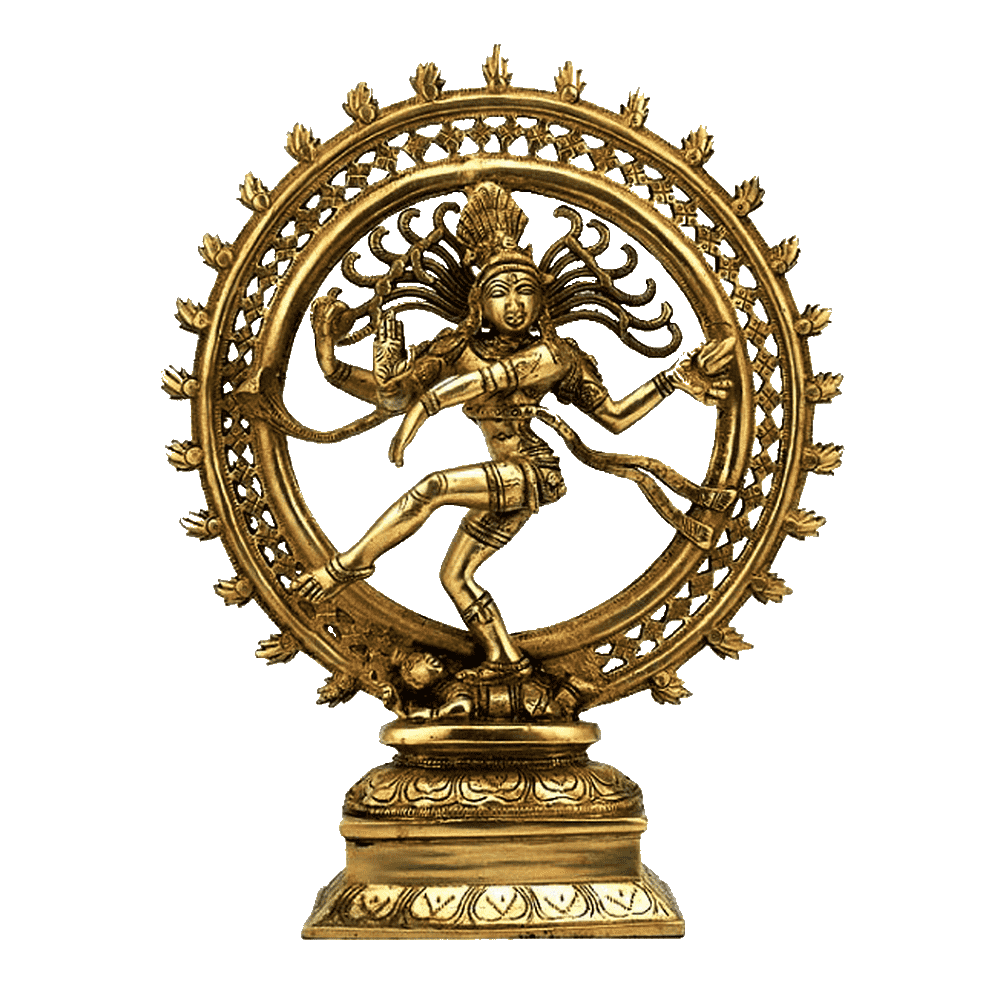
Guhya Tantras
Exploring the Esoteric Realm of Secret Practices
Abstract:
Guhya Tantras form a mysterious and revered branch of the Tantric tradition within Hinduism, known for their exploration of secret or hidden practices. This article delves into the origins and context of Guhya Tantras, highlighting key themes and teachings found in these texts. It explores the enduring significance of Guhya Tantras in contemporary spiritual practices, offering seekers a transformative pathway to profound spiritual insights and hidden knowledge.
Introduction:
Guhya Tantras occupy a unique and enigmatic space within the diverse tapestry of Tantric traditions, delving into the realm of secret practices and esoteric wisdom. The term “Guhya” in Sanskrit signifies that which is concealed or hidden, reflecting the secretive nature of these teachings. In this article, we embark on a journey to uncover the essence of Guhya Tantras, their origins, and their enduring significance in guiding seekers towards hidden knowledge and spiritual growth.
Origins and Context:
Guhya Tantras find their origins in the ancient Tantric practices that sought to explore the mystical and hidden aspects of spiritual evolution. These texts were considered highly sacred and were transmitted from accomplished Gurus to dedicated disciples in a closely guarded manner.
The Guhya Tantras emerged as part of the broader Tantric movement during the medieval period in India, which sought to explore the esoteric and mystical dimensions of spiritual practice. The secrecy surrounding Guhya Tantras was intended to preserve the sacredness of these teachings and ensure they were imparted to sincere and deserving seekers.
Key Themes and Teachings:
Guhya Tantras encompass several key themes and teachings that form the essence of this secretive path:
Esoteric Rituals and Practices:
Guhya Tantras explore a range of esoteric rituals, meditation techniques, and practices that are hidden from the public eye. These practices are believed to hold profound spiritual power and transformative potential.
Hidden Knowledge and Wisdom:
The Guhya Tantras offer hidden knowledge and spiritual wisdom that transcends conventional understanding. Seekers are guided towards deep insights and profound realizations through the study and practice of these texts.
Guru-Disciple Relationship:
Central to Guhya Tantras is the sacred relationship between the Guru (spiritual teacher) and the disciple. The Guru serves as a guide, transmitting the secret teachings to the sincere seeker in a sacred and transformative manner.
Enduring Significance:
The enduring significance of Guhya Tantras lies in their ability to offer seekers a pathway to hidden knowledge and esoteric wisdom. The practices and teachings of Guhya Tantras have been valued by spiritual aspirants seeking deeper insights and spiritual growth beyond the conventional realm.
In contemporary spiritual practices, the allure of Guhya Tantras continues to inspire sincere seekers to explore the mystical and transformative dimensions of spirituality.
Conclusion:
Guhya Tantras offer a mysterious and profound path of secret practices and hidden knowledge, guiding seekers towards esoteric wisdom and spiritual growth. These sacred texts and practices provide seekers with a transformative journey of inner exploration and profound insights. The enduring significance of Guhya Tantras lies in their ability to inspire seekers to delve into the hidden realms of spirituality and unlock the profound secrets of the universe. In a world seeking deeper meaning and spiritual wisdom, the teachings of Guhya Tantras serve as a profound and transformative pathway towards hidden knowledge and esoteric spiritual realization.
Editor – Kaalchakra Team
[ Note – Before Concluding anything as a Finale, Please Go through Original Scriptures of Vaidik Literature Written in Sanskrit and Also with Meaning of That time of Language. Because English is a Limited language to Explaining the Deeper Knowledge of Vaidik Kaal. ]
